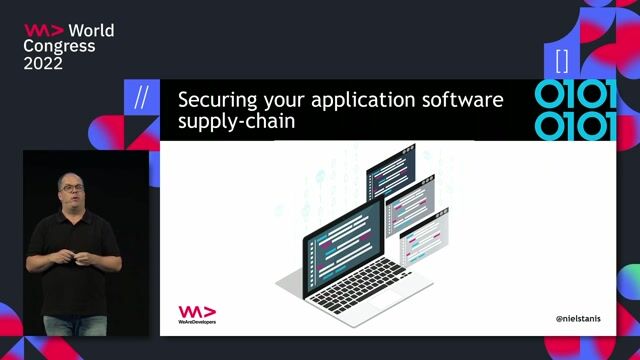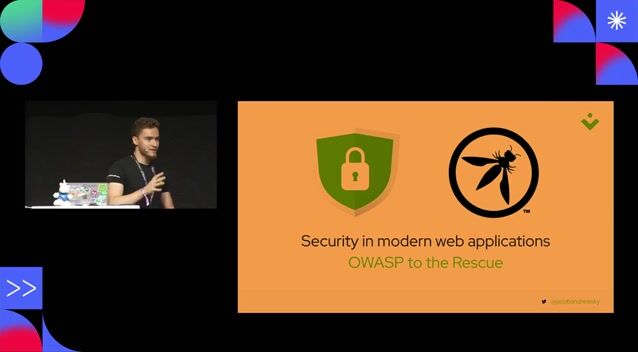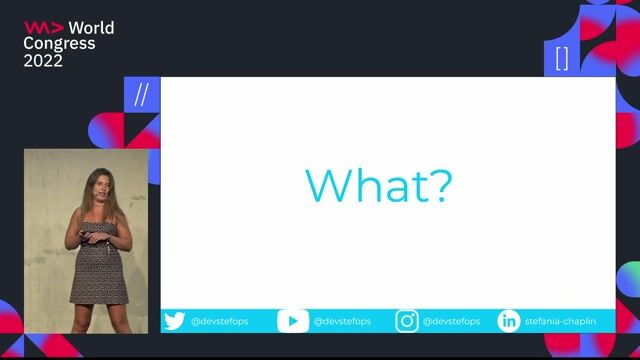Niels Tanis
Reviewing 3rd party library security easily using OpenSSF Scorecard
#1about 4 minutes
Understanding the inherent risks of third-party dependencies
The vast majority of an application's code comes from third-party libraries, creating significant risk as shown by the Log4j vulnerability.
#2about 2 minutes
How malicious actors infiltrate open source projects
Malicious actors can introduce backdoors into trusted projects over long periods, as demonstrated by the XZ Utils supply chain attack.
#3about 2 minutes
Detecting known vulnerabilities and hidden package dependencies
Tooling can help identify publicly disclosed vulnerabilities, but risks remain from unmanaged or hidden dependencies bundled within packages.
#4about 2 minutes
Introducing OpenSSF Scorecard as a software nutrition label
OpenSSF Scorecard provides a "nutrition label" for open source projects by running automated checks to assess their security posture.
#5about 3 minutes
Breaking down key security checks in Scorecard
Scorecard evaluates projects based on the presence of known vulnerabilities, automated dependency updates, security policies, and the use of testing like fuzzing and SAST.
#6about 3 minutes
Evaluating project health and build process integrity
Scorecard assesses repository health through checks for branch protection, code reviews, contributor diversity, pinned dependencies, and signed releases.
#7about 2 minutes
Applying Scorecard to analyze a real-world package
A practical demonstration shows how to run Scorecard against a popular library like Newtonsoft.Json and use its API to analyze transitive dependencies.
#8about 3 minutes
Correlating Scorecard results with real-world security data
Research shows a strong correlation between higher OpenSSF Scorecard scores and better security outcomes, such as fewer vulnerabilities and more active maintenance.
#9about 3 minutes
Exploring the future of automated security analysis
Future improvements in security tooling should focus on deeper analysis like coverage-based fuzzing, data-flow SAST, build reproducibility, and community-based auditing.
#10about 1 minute
Final takeaways on integrating Scorecard into your workflow
Scorecard is a valuable tool for assessing project health but should be used as part of a broader security strategy, not as an end goal.
Related jobs
Jobs that call for the skills explored in this talk.
aedifion GmbH
Köln, Germany
€30-45K
Intermediate
Network Security
Security Architecture
+1
MARKT-PILOT GmbH
Stuttgart, Germany
Remote
€75-90K
Senior
Java
TypeScript
+1
Picnic Technologies B.V.
Amsterdam, Netherlands
Senior
Java
Amazon Web Services (AWS)
+1
Matching moments

06:51 MIN
Balancing business, technology, and people for holistic success
The Future of HR Lies in AND – Not in OR

06:04 MIN
The importance of a fighting spirit to avoid complacency
The Future of HR Lies in AND – Not in OR

06:10 MIN
Understanding global differences in work culture and motivation
The Future of HR Lies in AND – Not in OR

03:28 MIN
Shifting from talent acquisition to talent architecture
The Future of HR Lies in AND – Not in OR

05:10 MIN
How the HR function has evolved over three decades
The Future of HR Lies in AND – Not in OR

04:22 MIN
Navigating ambiguity as a core HR competency
The Future of HR Lies in AND – Not in OR

06:59 MIN
Moving from 'or' to 'and' thinking in HR strategy
The Future of HR Lies in AND – Not in OR

03:13 MIN
How AI can create more human moments in HR
The Future of HR Lies in AND – Not in OR
Featured Partners
Related Videos
 28:27
28:27Securing your application software supply-chain
Niels Tanis
 21:53
21:53Simple Steps to Kill DevSec without Giving Up on Security
Isaac Evans
 25:28
25:28How GitHub secures open source
Joseph Katsioloudes
 29:50
29:50Real-World Security for Busy Developers
Kevin Lewis
 32:55
32:55Open Source Secure Software Supply Chain in action
Natale Vinto
 26:59
26:59Security in modern Web Applications - OWASP to the rescue!
Jakub Andrzejewski
 08:27
08:27Get security done: streamlining application security with Aikido
Mia Neethling
 23:34
23:34Secure Code Superstars: Empowering Developers and Surpassing Security Challenges Together
Stefania Chaplin
Related Articles
View all articles

.png?w=240&auto=compress,format)

From learning to earning
Jobs that call for the skills explored in this talk.


GitLab
Sheffield, United Kingdom
£131-282K
API
C++
Gitlab
Burp Suite
+1

GitLab
Amsterdam, Netherlands
Remote
€10K
Intermediate
API
C++
Burp Suite
+1

GitLab
Manchester, United Kingdom
£131-282K
API
C++
Gitlab
Burp Suite
+1

GitLab
Nottingham, United Kingdom
£131-282K
API
C++
Gitlab
Burp Suite
+1

GitLab
Glasgow, United Kingdom
£131-282K
API
C++
Gitlab
Burp Suite
+1

GitLab
Bristol, United Kingdom
£131-282K
API
C++
Gitlab
Burp Suite
+1


GitLab
Charing Cross, United Kingdom
£131-282K
API
C++
Gitlab
Burp Suite
+1